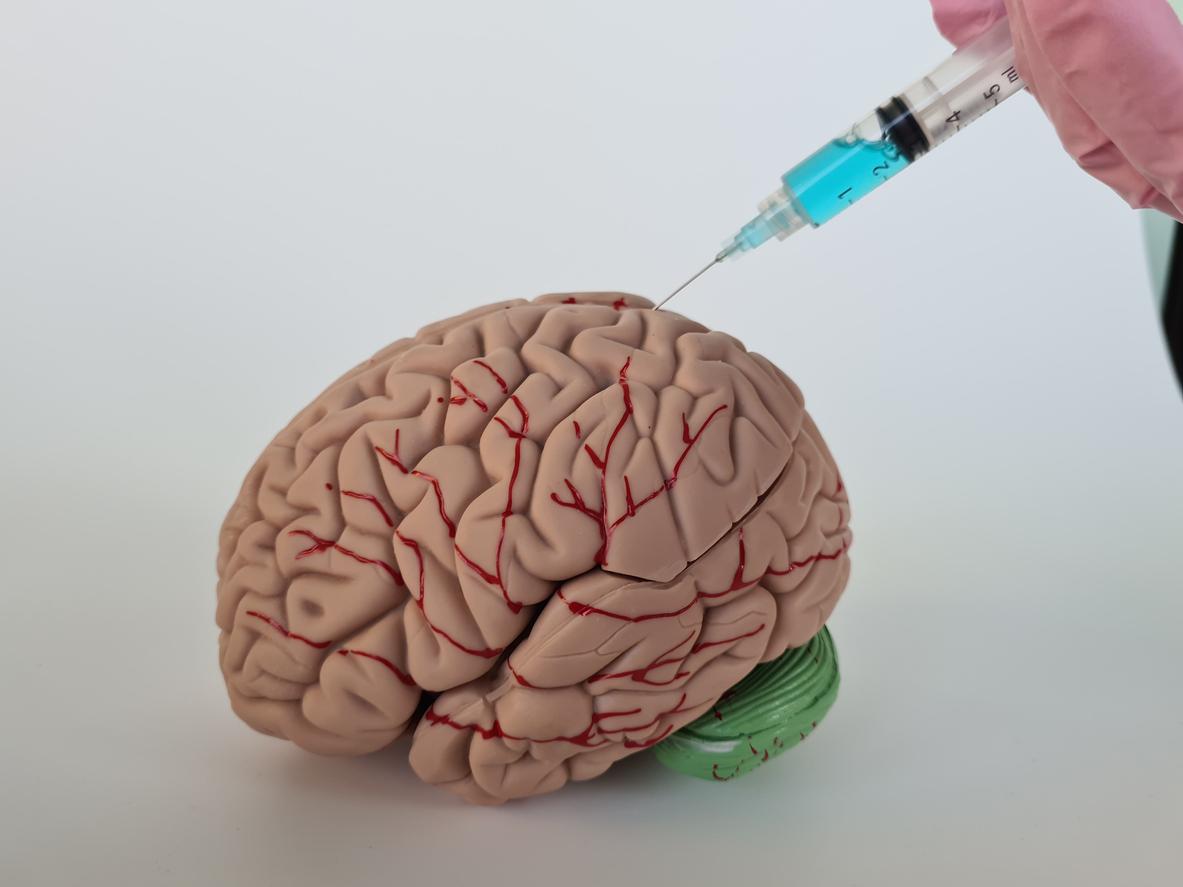Targeting a certain protein in cartilage cells could delay the onset of osteoarthritis and provide relief to patients who suffer from this joint disease. Ultimately, this discovery could lead to a new treatment.

- Currently, the only solutions offered to patients can only relieve the pain associated with osteoarthritis and therefore improve their daily living conditions.
- The prevalence of osteoarthritis increases with age. Thus, 65% of patients who are affected are over 65 years old.
According National Institute of Health and Medical Research (Inserm), 10 million people suffer from osteoarthritis in France. This disease consists of the destruction of the cartilage of one or more joints. Patients with it experience severe pain that can make osteoarthritis a debilitating disease.
Currently, there is no cure for osteoarthritis, but researchers may have found a way to create one. Their work has been published in the journal PLOS ONE.
Targeting the RORβ protein could delay the development of osteoarthritis
During their research, scientists discovered that activating a specific protein called RORβ in cartilage cells could help reduce osteoarthritis in patients by soothing inflammation. Ultimately, imagining a treatment targeting this protein could help delay the development of this disease.
“People need an osteoarthritis drug that gets to the root cause of cartilage damage and depletion because there are currently no drugs that affect how the disease progresses as it is the leading cause of disability in the United States, explains Patrick Griffin, one of the authors, in a communicated. Our study suggests that RORβ may present a new therapeutic target to protect cartilage damage and possibly activate cartilage regeneration“.
Osteoarthritis can affect all joints
Until now, scientists had not established a link between the maintenance of cartilage in the joints and the RORβ protein. It is now done. “This study suggests that RORβ could be an attractive therapeutic target, continues Patrick Griffin. However, we still have a lot to discover. Specifically, we want to know more about the mechanism by which RORβ impacts chondrocytes (cartilage cells) and limits inflammatory signals that lead to cartilage destruction“.
This discovery is a significant step forward. Currently in France, 3% of the population under 45 has osteoarthritis, while 80% of those over 80 have it. And all the joints can be affected. The spine first, with 70 to 75% of people aged 65 to 75 for whom the disease affects this area according to Inserm. But this pathology can also affect the fingers, the knees or the hip.


















